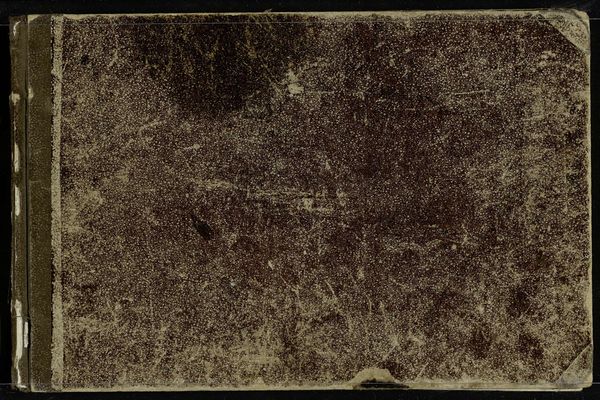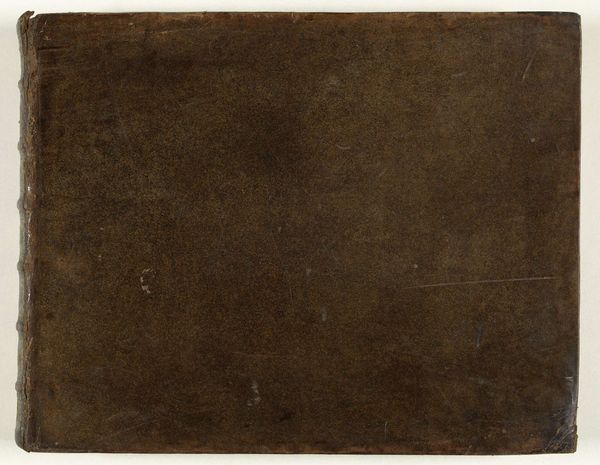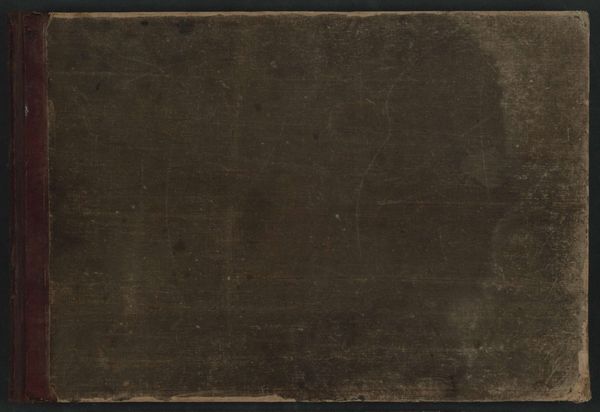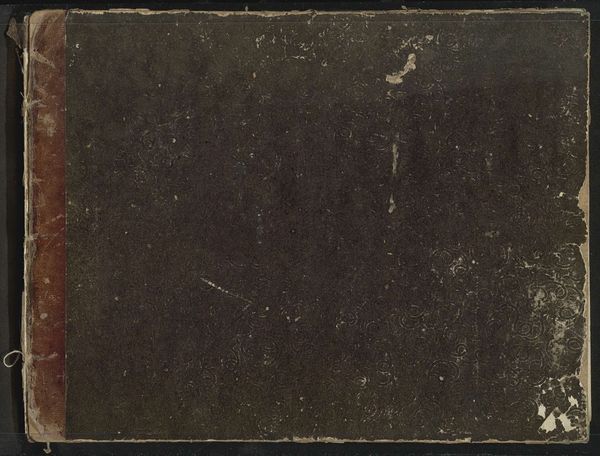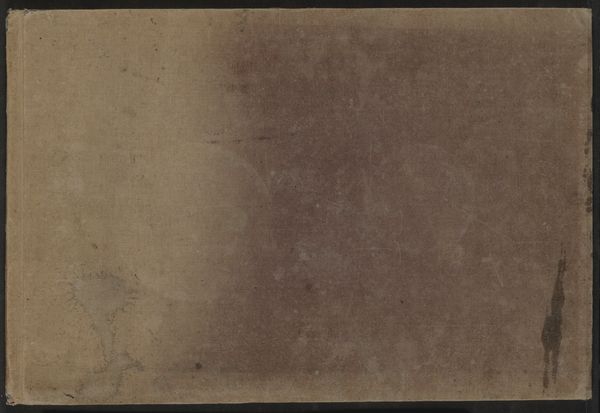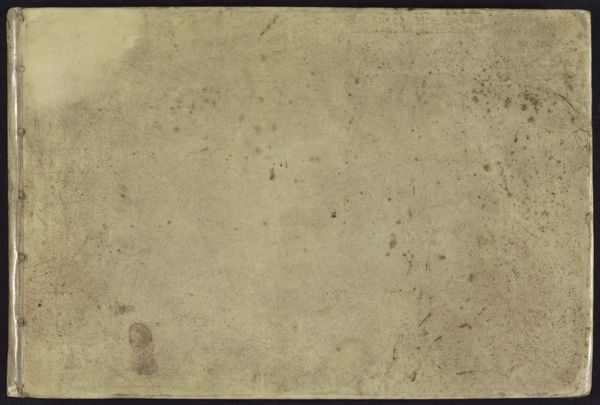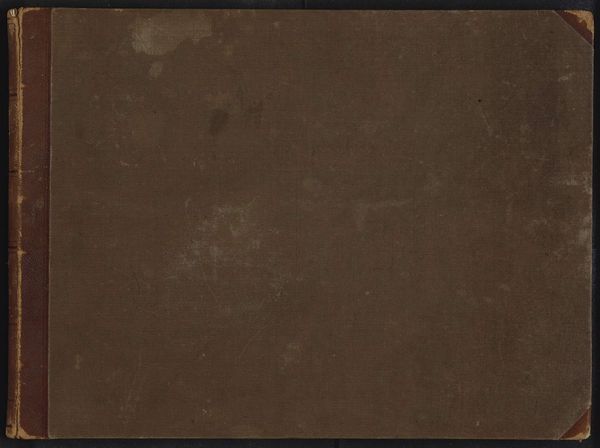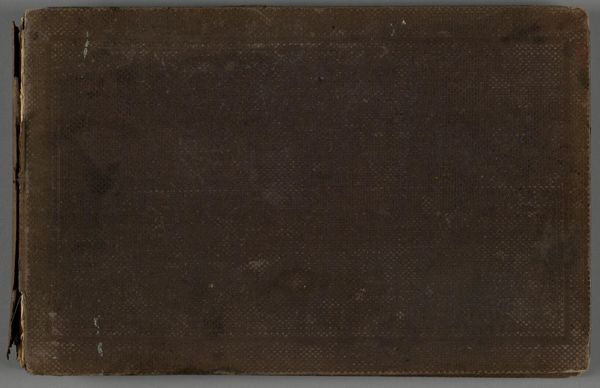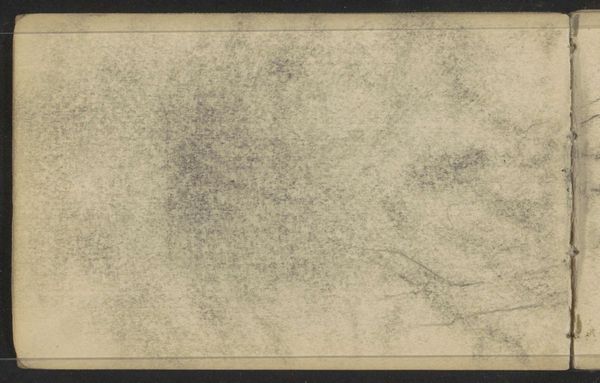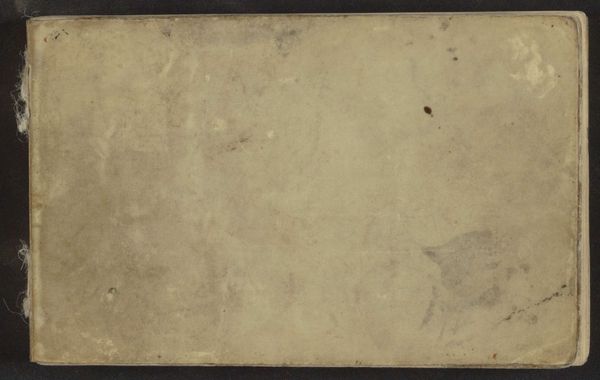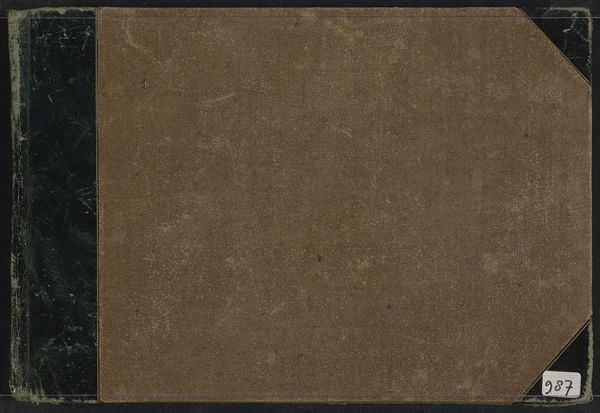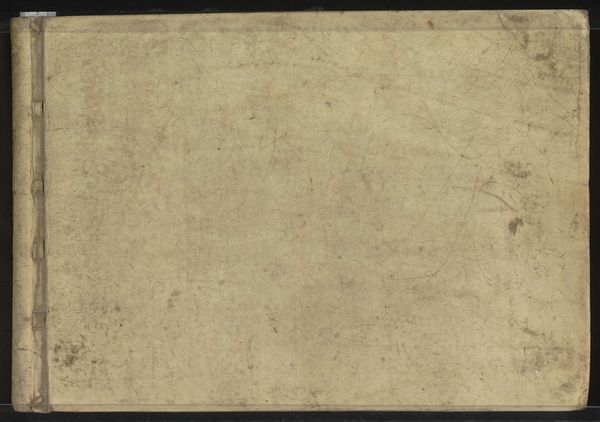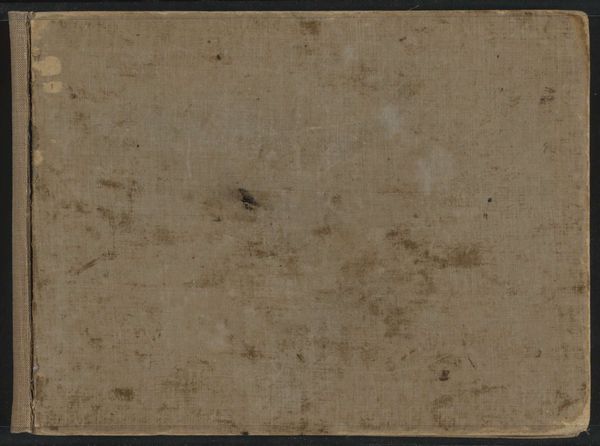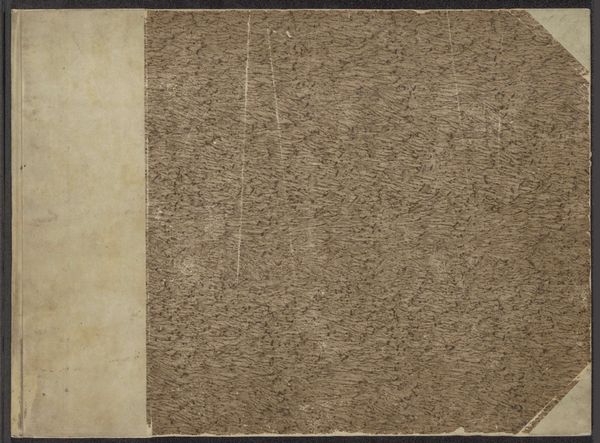
drawing, paper, pencil, graphite
#
drawing
#
toned paper
#
worn
#
sculpture
#
paper
#
grainy texture
#
earthy tone
#
pencil
#
graphite
#
natural texture
Dimensions: height 274 mm, width 387 mm, thickness 18 mm, width 777 mm
Copyright: Rijks Museum: Open Domain
Curator: Let’s examine this sketchbook containing 57 pages of drawings by Johannes Tavenraat, dating from 1858 to 1870. It's here in the Rijksmuseum. Editor: My first impression is one of profound intimacy, like stumbling upon a private world, sealed shut yet somehow whispering secrets of its time. The textured cover suggests considerable wear. Curator: Tavenraat’s sketchbooks are particularly valuable as they provide insights into the 19th-century academic art world. We can see how artists trained, experimented, and honed their skills through diligent practice, often drawing from sculptures and plaster casts. Editor: And what do these surviving objects mean? Beyond mere sketches, the material presence, the pencil strokes—I feel I’m glimpsing not just his technical skill, but his relationship with the art and power of representation. It seems such dedication demands institutional attention. Curator: Indeed. Looking at these sketchbooks allows us to analyze artistic production within the institutional frameworks of art academies and the broader socio-political landscape of the era. For many artists, the academy was the only path toward professional success, and the curriculum heavily influenced their artistic output. Editor: I am also curious about Tavenraat’s place within his contemporary art scene. These sketchbooks should enable us to consider marginalized voices and experiences, thus broadening the narrative. It also inspires thinking about the cultural politics inherent in what is considered "art," who gets to make it, and who is ultimately erased from our public consciousness. Curator: I agree. These works offer much more than simply beautiful lines on paper; they present complex dialogues about creation, and who dictates the aesthetic principles to judge it by. Editor: It seems as though art, even at its most fundamental, as seen in the simple object of a sketchbook, remains fundamentally implicated in questions of cultural authority, of what is and isn’t valued. Thank you for bringing it to light.
Comments
No comments
Be the first to comment and join the conversation on the ultimate creative platform.
